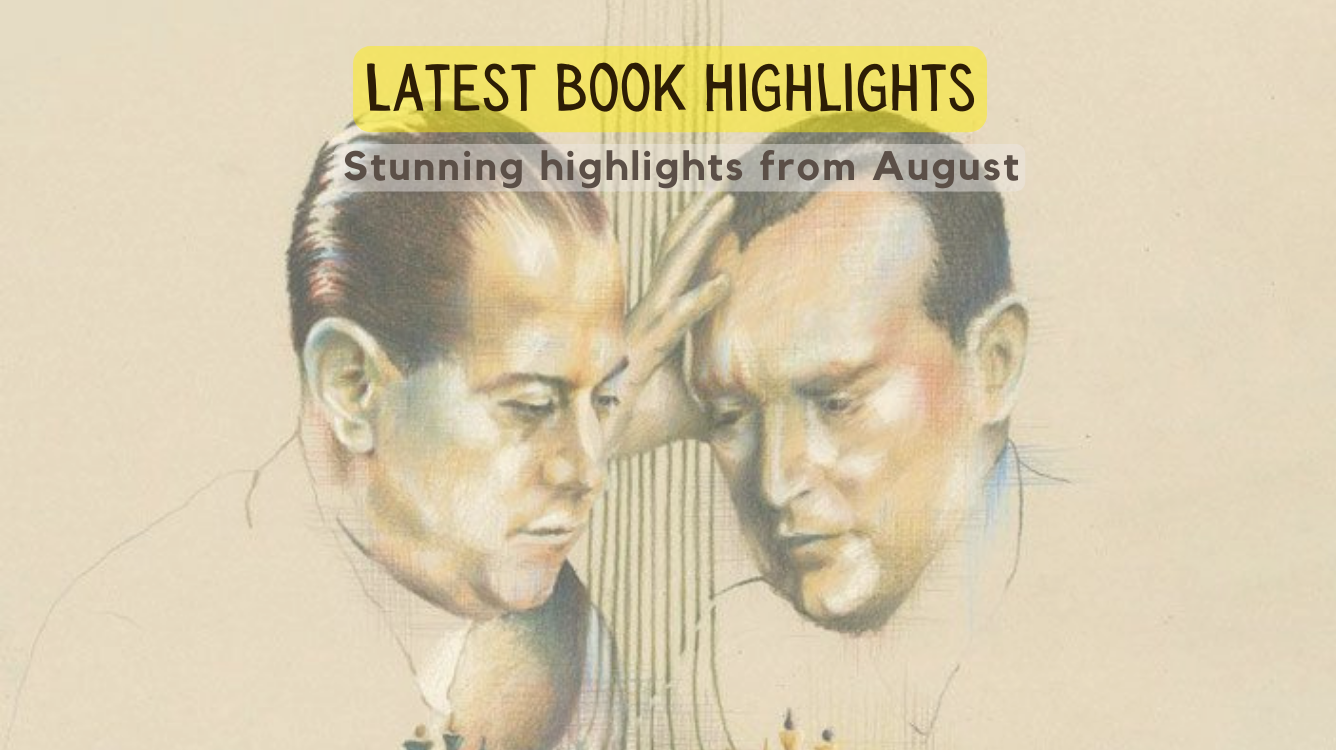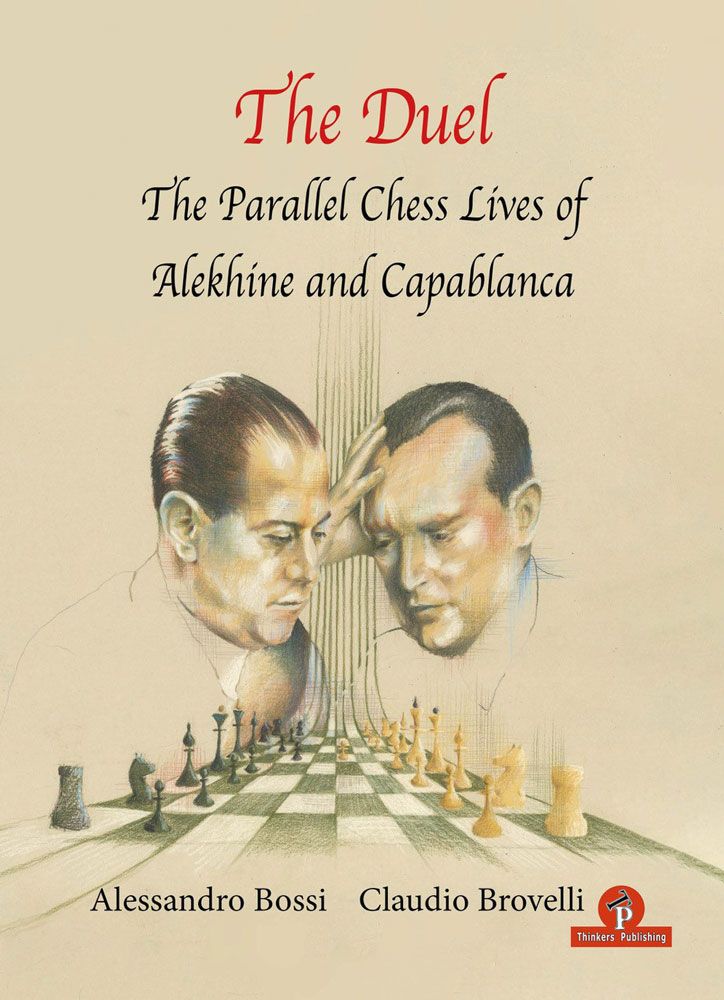The World Chess Championship is making the headlines again, thanks to the recently-concluded Candidates tournament and the decision of reigning champion, Magnus Carlsen, to step away from the title rather than accept the challenge of Ian Nepomniachtchi.
2023 will not be the first time a player will become champion of the world without having beaten the title holder in a match, of course. Most famously, Anatoly Karpov became champion in 1975 without having to play Bobby Fischer (the greatest missing piece of chess history). That is not to suggest that Karpov was a paper tiger; he proved his credentials time and again at the highest level for a decade.
In fact, it is very rare to see a title match contested by two players at the height of their respective powers. An outgoing champion is usually at least a little beyond his peak when his grip on the ultimate title is removed from his grasp.
There are exceptions, of course. Max Euwe’s victory against Alexander Alekhine in their 1935 match was a surprise, but Alekhine gained revenge two years later.
Which chess rivals were on their best form when they met in a title match? Perhaps Tigran Petrosian and Boris Spassky, in 1966, could be considered.
Yet possibly the best contender is the fabulous 1927 title match between champion Jose Raul Capablanca and challenger Alexander Alekhine, which brings us neatly to this new book on Forward Chess, The Duel: The Parallel Lives of Alekhine and Capablanca by Allesandro Bossi & Claudio Brovelli (Thinkers Publishing).
According to the blurb, ‘The value of this volume lies also in the parts where Bossi and Brovelli, with painstaking accuracy, have quoted both direct impressions of the two protagonists (interviews, articles, letters and quotations from their works) and evaluations (in the comments and memories of their contemporaries). In such a way, a contest of wider significance is described, which helps in understanding the characters, the period and the specific contexts.’
Indeed, the book does not focus merely on their chess encounters, but considers the much larger picture:
‘…the personalities emerge, in many ways antithetical but equally fascinating: Capablanca, friendly and charming in society, precocious, genial and nearly invincible on the chessboard, and Alekhine, who combined a wonderful talent with a capacity for work, a competitive attitude and an energy which was truly enviable.’
Inside the book, we find:
‘All the games (49) played between Alekhine and Capablanca, with commentaries
Some games played by them against other opponents, considered relevant in the context of the discussion
Short biographies of the main chess players mentioned in each chapter and the charts of the tournaments where the two champions played together.’
It is very interesting to see the respective chess careers of Alekhine and Capablanca, taken year by year.
Capablanca, one of the greatest natural talents the chess world has ever seen, undoubtedly dropped his guard as Alekhine, perhaps the hardest-working of all chess players, rose through the ranks. The point is made that Alekhine learned a lot from the games of Capablanca and also Emanuel Lasker, not just from his over-the-board encounters with his two predecessors but also by analyzing their games against other players when writing, for example, his famous book on the 1924 New York tournament.
Writing for the New York Times, shortly before the New York tournament of 1927 (a sort of early Candidates tournament, in which the runner-up to expected winner Capablanca would be able to challenge the champion for the title), Capablanca said ‘As a match player, Alekhine cannot be seriously discussed, as he has not met any of the leading players in a match’ and ‘Furthermore, he is extremely nervous.’
As the book says, ‘It is obvious from these words that Capablanca has not followed the development of Alekhine in the previous years and had not realized what a complete, dangerous and energetic player the Russian had become.’
Capablanca’s success in the tournament – clear first, two and a half points clear of Alekhine – ‘became, paradoxically, one of the main causes of Capablanca’s loss of the world title.’
Particular attention is given to their 1927 title match. Every game has a copious number of annotations, culled from many sources, including the two players themselves.
The match was very tense. Alekhine started well, winning with Black in the very first game. Capablanca hit back strongly, with wins in games three and seven, only for Alekhine to take the lead again, with wins in games 11 and 12.
Despite the large number of draws (there were only nine decisive games out of 34), the match was not dull at any stage.
Capablanca suddenly seemed prone to errors at certain key moments.
The next decisive game saw Capablanca react badly to a typically energetic Alekhine attack.
Of course, their rivalry did not come to an end at the end of the match, which Alekhine won by the ultimately convincing score of 6-3 (not counting the draws). Yet their post-match games were few and far between (a win each and one draw). There was always talk of a rematch, which, for various reasons, Alekhine did not allow.
The book takes a good look at their head-to-head scores and their respective results against other leading players of the day.
The names of Capablanca and Alekhine will always be closely linked. This very interesting book adds new perspectives to their intense rivalry and it will undoubtedly offer something new to even the most diligent of chess historians and anyone interested in the struggle between natural talent and sheer hard work.
Sean Marsh
- New Release: Chess Analysis – Reloaded - March 9, 2024
- Review: The Art of The Endgame – Revised Edition - February 14, 2024
- Review: Study Chess with Matthew Sadler - December 13, 2023


